Microsoft Hyper-V Server

Microsoft Hyper-V Server: Free Virtualization Platform
Microsoft Hyper-V Server is a free, standalone product that provides a hypervisor-based virtualization platform for running virtual machines on x64 Windows servers. It has a small footprint and basic management tools.
What is Microsoft Hyper-V Server?
Microsoft Hyper-V Server is a free, standalone product from Microsoft that provides a hypervisor-based virtualization platform for running virtual machines on x64 Windows servers. It has a small footprint and requires limited system resources while providing a simple and reliable virtualization solution.
As a hypervisor, Hyper-V creates and runs virtual machines that function like physical computers, each running their own operating systems and applications in isolation from each other. This allows you to consolidate workloads onto fewer servers in order to utilize hardware more efficiently.
Key features of Hyper-V Server include:
- Hypervisor-based virtualization for hardware consolidation and workload isolation
- Support for x64 Windows guest operating systems
- Virtual networking and storage for virtual machines
- Live migration of running virtual machines between hosts
- Basic performance monitoring and reporting tools
- Scripted automation of management tasks
- Free stand-alone product with small footprint
Hyper-V Server is best suited for small to medium organizations that want a reliable platform for consolidating servers using hardware virtualization. It provides core virtualization capabilities without requiring licensing or features found in the paid Windows Server versions with Hyper-V role.
Microsoft Hyper-V Server Features
Features
- Hypervisor-based virtualization
- Live Migration
- Dynamic Memory
- RemoteFX
- Storage Spaces Direct
- Shielded VMs
- Storage Replica
- Storage QoS
Pricing
- Free
Pros
Cons
Reviews & Ratings
Login to ReviewThe Best Microsoft Hyper-V Server Alternatives
Top System & Hardware and Virtualization and other similar apps like Microsoft Hyper-V Server
Here are some alternatives to Microsoft Hyper-V Server:
Suggest an alternative ❐Proxmox Virtual Environment
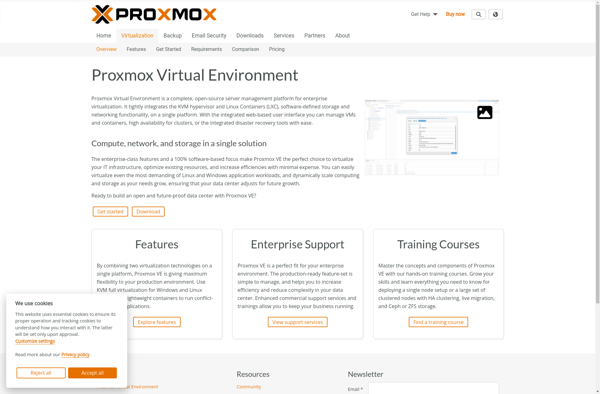
Limbo PC Emulator
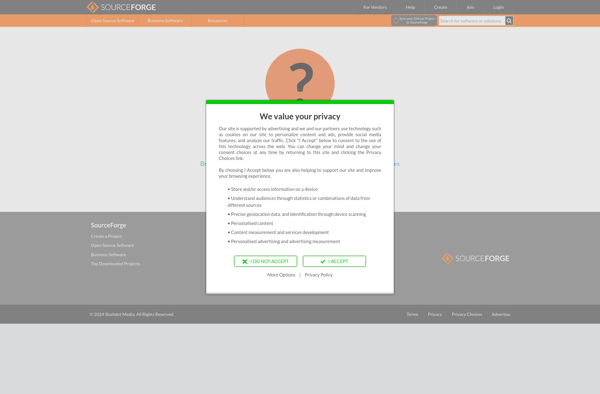
Virtualizor
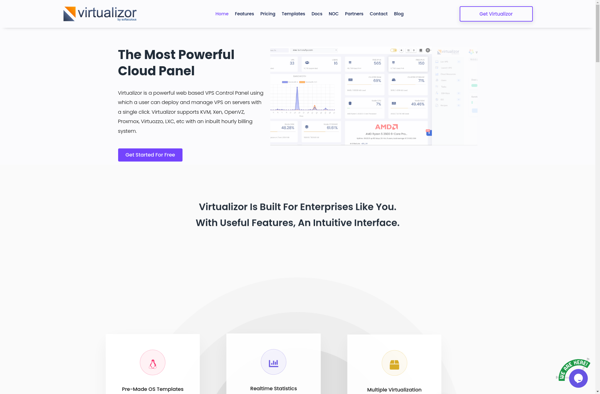
AQEMU
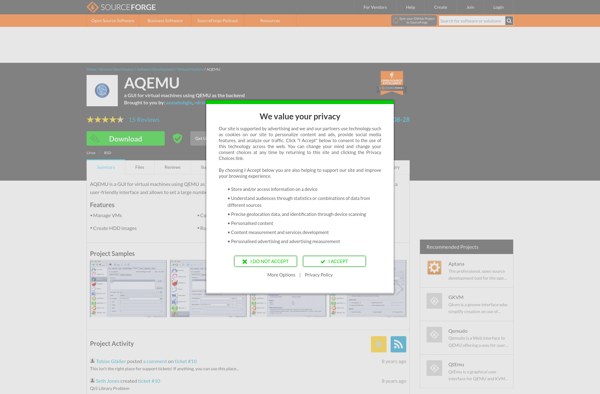
Deis
Danube Cloud
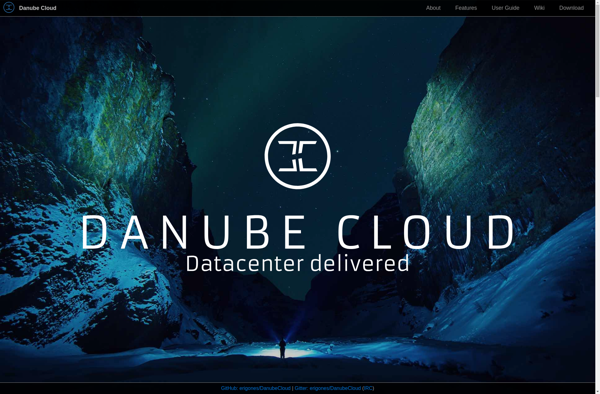
XCP-ng
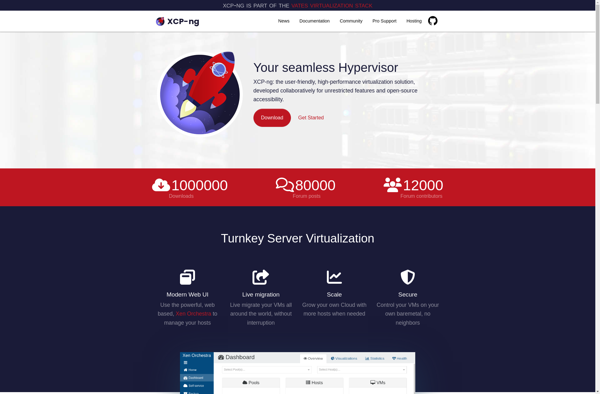
OVirt
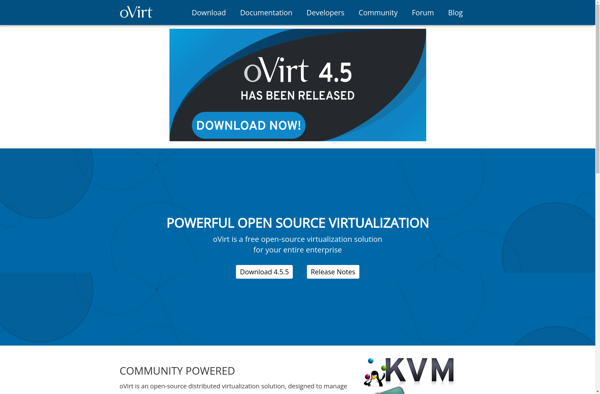
JavaQemu
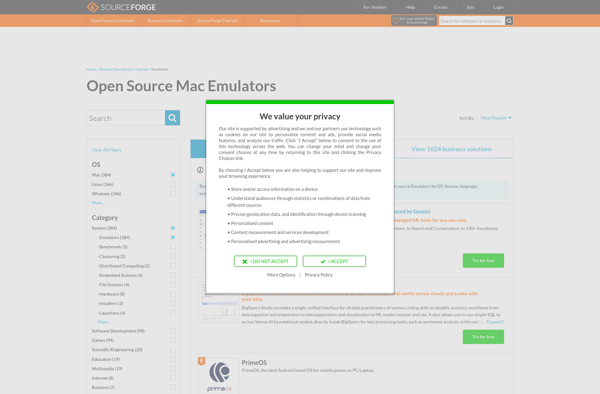
Apache Mesos
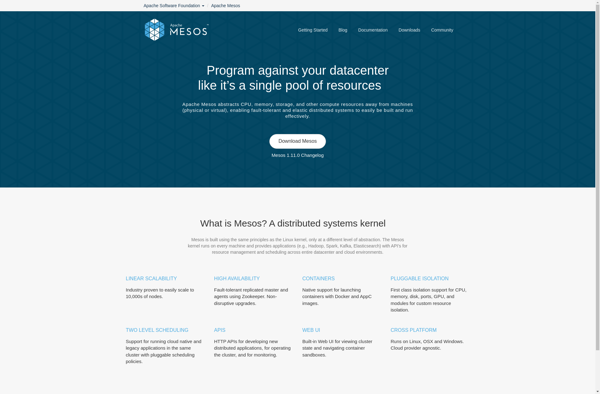
QtEmu
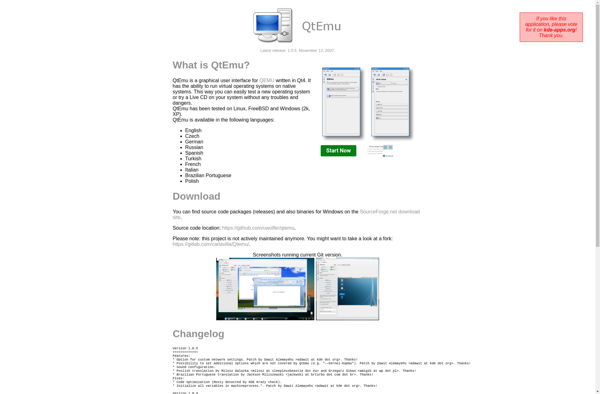
JPCSIM

Bhyve
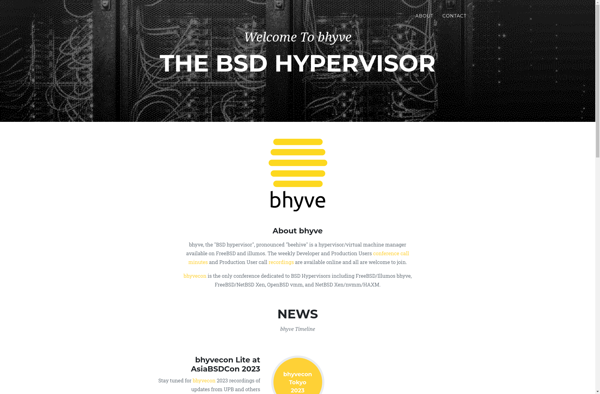
OpenNode Cloud Platform
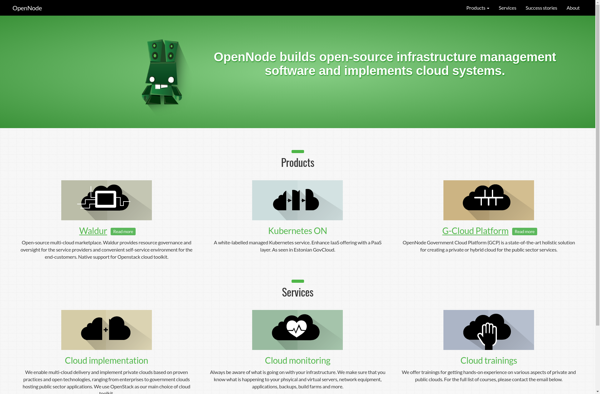
Nebula Container Orchestrator
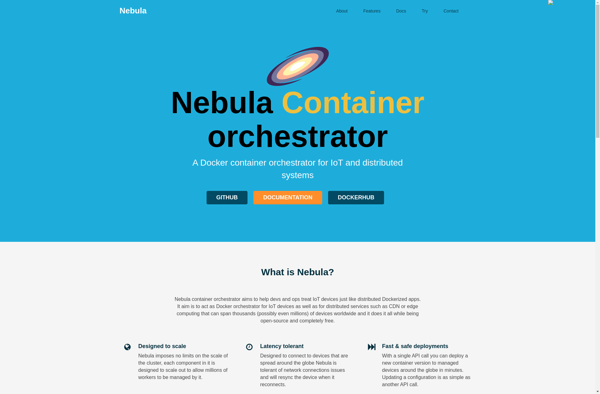
SmartOS
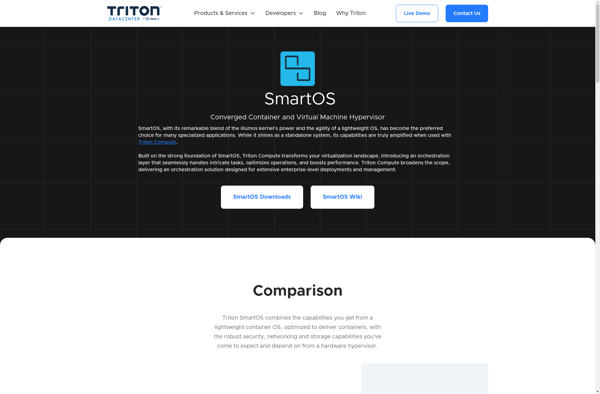
VMware Server
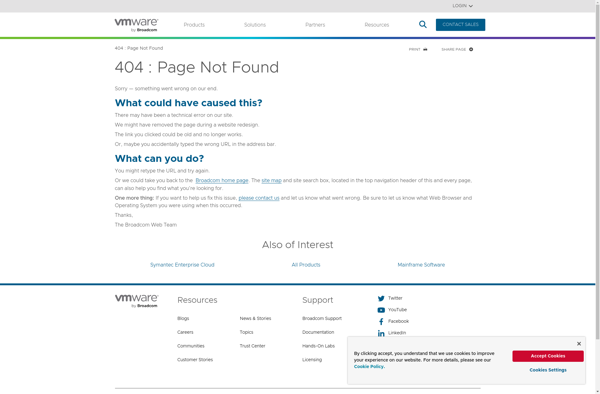
ZeroStack
Parallels Workstation
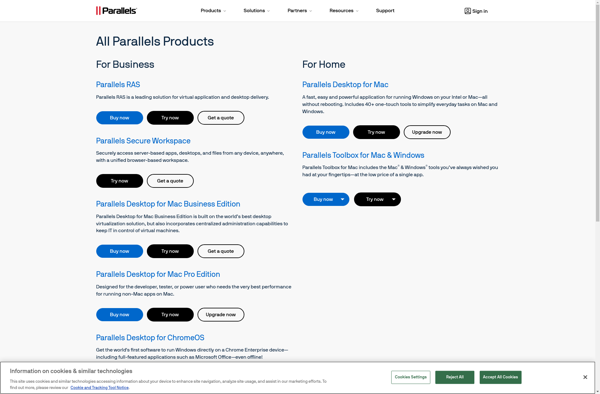
Panamax
Karesansui
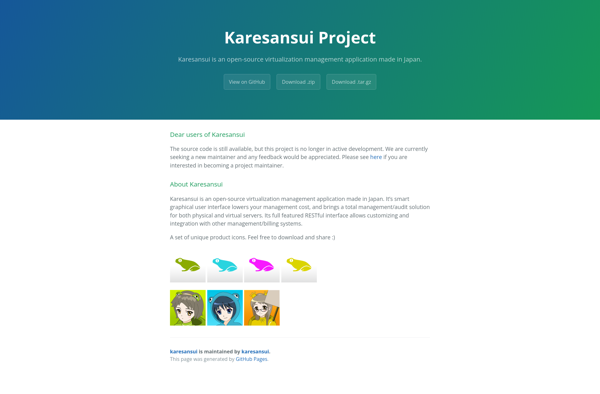
PetiteCloud
